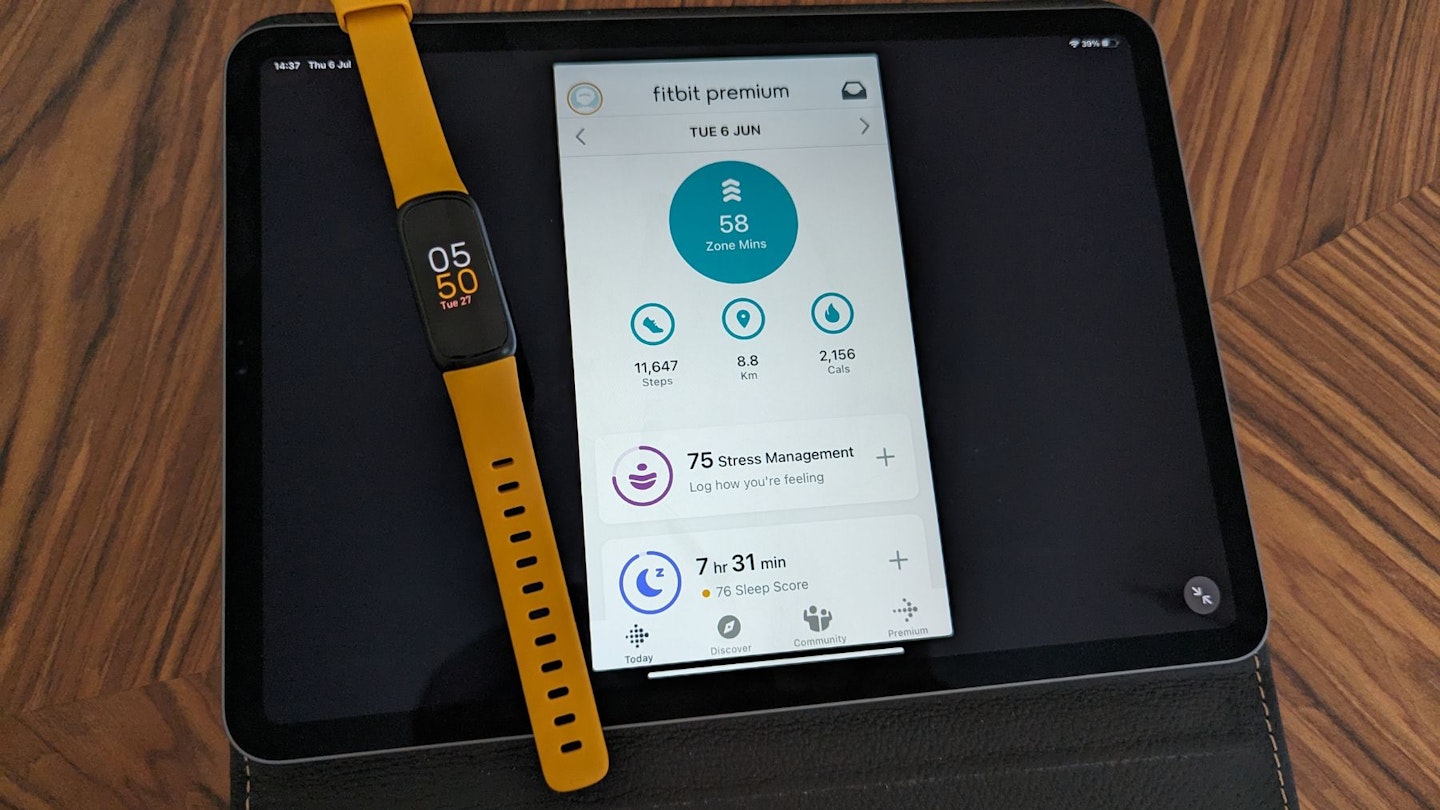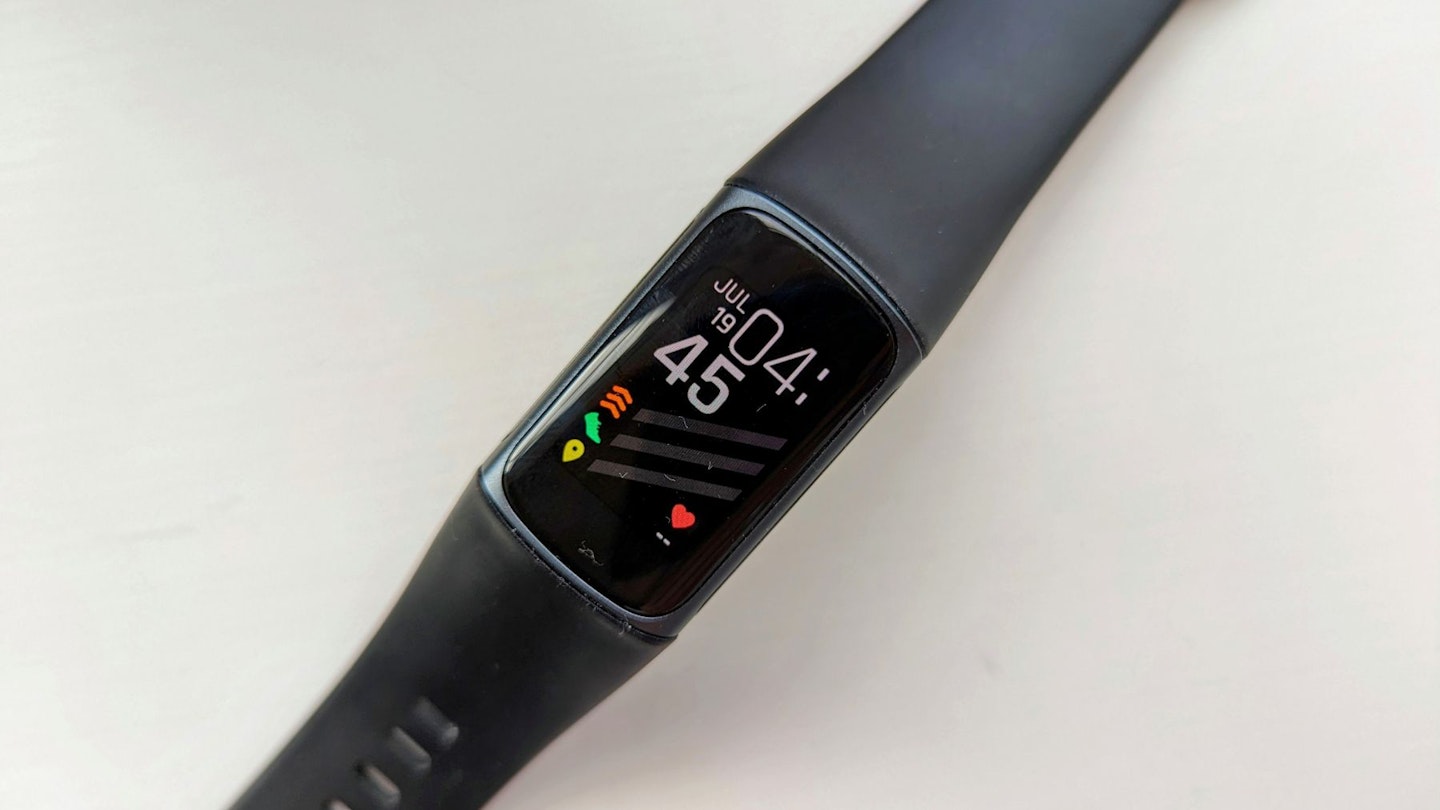Fitbit is one of the best-known brands in the fitness tracker market. The best Fitbits are known for their comprehensive health and fitness tracking features – these were a major part of Google’s decision to buy Fitbit, and much of that tech has now been incorporated into Google’s Pixel Watches.
But while Fitbit has this reputation, what health and fitness monitoring features does a Fitbit offer? And do Fitbits offer the tools we might need to help someone on their health and fitness journey? We’ll explain what you can expect to see on a Fitbit, what those metrics mean, and how they can help you get fitter and healthier.
A brief history of Fitbit
Founded back in 2007, Fitbit was a pioneer in helping fitness trackers go mainstream. Its user-friendly devices began with the Fitbit Classic, designed to be clipped onto clothing or worn as a wristband. While that device was advanced for its time – tracking steps, monitoring sleep, and a few other features – these are the absolute basics you would expect from a more recent device.
Since then, Fitbit’s fitness trackers and smartwatches have become significantly more advanced. While different devices don’t offer identical features, any modern Fitbit includes a much wider array of sensors beyond basic step counting. If you’re looking for a device that can help you monitor your health and fitness, Fitbit offers plenty of insights.
Fitness features

Fitness trackers are designed to help users keep track of their fitness. And as a result, there are several important tools you can expect to find in a Fitbit:
Heart rate tracking - by monitoring your heart rate during exercise and while at rest, your Fitbit can then estimate additional metrics such as how many calories you’ve burned, your resting heart rate (which can be an indicator of your fitness), as well as being used to help analyse your sleep.
Exercise modes – Fitbits can track a variety of different exercises, including popular sports such as running, cycling, yoga, and strength training.
GPS – GPS allows your device to calculate how far you’ve travelled, for example, while out for a run. Some Fitbits offer built-in GPS, while others rely on connected GPS, which uses your phone to tell the tracker where you are. Built-in GPS tends to be more accurate.
Active Zone Minutes – Fitbit draws on advice from the American Heart Association, which recommends that people aim for at least 150 minutes of moderate activity or 75 minutes of vigorous activity per week. This metric uses heart-rate tracking to identify when users are hitting these targets.
In addition, a Fitbit can track your step count, calculate your journey distance, and estimate your daily calorie burn.
Health features
As well as helping monitor fitness, modern Fitbits also offer plenty of health-tracking tools:
Heart health: We've highlighted that a Fitbit can be used to monitor your heart rate and provide other heart-monitoring metrics. This includes an ECG (electrocardiogram) app, which can help identify potential atrial fibrillation. You can then share this data with your doctor.
Additionally, while keeping track of your resting heart rate, your Fitbit can alert you if it seems abnormally high or low.
Blood oxygen tracking: Fitbit claims that by tracking the amount of oxygen in your blood it can help you identify potential changes in your overall wellness.
Skin temperature variation: Some Fitbits can also detect changes in skin temperature. This can be an indicator for illness, activity levels, and in menstrual cycle tracking.
Breathing rate: changes in your breathing rate could suggest changes in your well-being.
Stress: Some Fitbits can monitor stress levels and how your body reacts to stress. Fitbits that offer this do so by tracking changes in heart rate, heart rate variability and skin temperature and via an EDA scan. EDA stands for electrodermal activity and tracks changes in the sweat level of your skin.
Sleep: Fitbits can estimate how well you slept the previous night, offering a breakdown of time spent in deep sleep, light sleep, and REM sleep, as well as how many times you woke up during the night. This can help to reveal patterns and potentially help to identify ways to improve the quality of your sleep.
The Fitbit app and Fitbit Premium
While a Fitbit records all this data, it’s the Fitbit app where users access all the detailed insights into what their fitness tracker has captured. This allows users to identify changes and trends over time. There’s also the option of Fitbit Premium.
With Fitbit Premium (a paid-for subscription service), you can get added insights such as your Daily Readiness Score, which tells you how ready – or not - your body is for exercise, and extra information about your sleep, among other things. It also gives users access to workouts, guided meditations, and recipe suggestions.
A comprehensive picture of your health and fitness
Fitbits offer a lot of tools for monitoring your well-being. Whether your focus is on getting fitter, or you’re more interested in keeping an eye on your general health, there’s plenty that you may find useful. But it’s important to remember that not every Fitbit has the same sensors. If you are thinking of buying a Fitbit (or any other fitness tracker) make sure it has the features you need before buying it. You can also look at our guide on how to make the most from your Fitbit for a few other tips and tricks.
Steven Shaw is a Senior Digital Writer covering tech and fitness. Steven writes how-to guides, explainers, reviews and best-of listicles covering a wide range of topics. He has several years of experience writing about fitness tech, mobile phones, and gaming.
When Steven isn’t writing, he’s probably testing a new smartwatch or fitness tracker, putting it through its paces with a variety of strength training, HIIT, or yoga. He also loves putting on a podcast and going for a long walk.
Subscribe to the What’s The Best Newsletter to keep up to date with more of the latest reviews and recommendations from the What’s The Best team.
